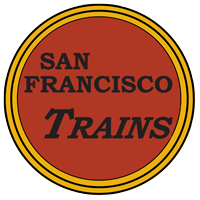In the 19th and early 20th centuries, San Francisco was home to a number of locomotive builders.
Albion Foundry
Noted as having built at least 4 steam-powered railcars.
Henry Casebolt & Co.
Primarily a builder of horse cars and cable cars, but did the body work for a steam-powered railcar as well.
Fulton Foundry / Fulton Iron Works
Built machinery, marine engines, and locomotives in the 1870s.
Globe Iron Works
Built rod and geared locomotives in the 1880s and 1890s. John H. White, Jr. wrote in 2007 that “almost no details on this firm have been discovered,” although the details on several of their geared locomotives are known – see Geared Steam Locomotive Works’ partial roster here.
Golden State & Miners Iron Works
Built locomotives between 1887 and 1890.
W. L. Holman Car Company
Primarily a builder of streetcars and cable cars, but also occasionally turned out interurban and mainline equipment, including a few electric locomotives.
Marshutz & Cantrell (National Iron Works)
Built small locomotives of both geared and rod designs from the 1870s into the 1890s.
Miners Foundry & Machine Works
Built light logging locomotives in the 1870s and 1880s.
Moynihan & Aiken
Produced at least one industrial locomotive in 1874.
Pacific Iron Works (Rankin, Brayton & Co.)
General machinery company that produced a few small locomotives around the 1870s
Risdon Iron Works
Another general machinery company that delved into locomotives (time frame unknown).
Rix & Firth
Previously the Phoenix Iron Works, taken over and renamed by Edward A. Rix. and J. K. Firth in 1883. Built industrial locomotives beginning in 1886. Rix would also produce several compressed-air locomotives after leaving in 1890 and opening his own shop.
Rose & Company
Built a 10-ton geared locomotive for the Madera Flume and Trading Company.
Union Iron Works (H. J. Booth & Co. / Prescott, Scott & Co.)
Arguably the most significant steam locomotive builder in the City’s history, UIW built 30 locomotives from 1865 to 1882 that ranged from tiny industrial engines to proper mainline 4-4-0s and 2-6-0s that rivaled their eastern contemporaries. This iron works operated as H. J. Booth & Company from 1865 to 1875 and as Prescott, Scott & Company afterwards.
Vulcan Iron Works
Unrelated to the Vulcan Iron Works of Wilkes-Barre, PA; “Vulcan Iron Works” was a popular name used by several different iron works in both the United States and Britain, none of which bore any relation to each other. The Vulcan of San Francisco built 11 or so small steam locomotives in the 1860s, most famously the still-extant “Oregon Pony.”
Young & Stoddart
Quite possibly San Francisco’s first locomotive builder. Built a locomotive called the “Pony” circa 1859.
Survivors
| Builder Info | Type | Owner and Number/Name | Location | Photo |
| Vulcan Iron Works c/n 1, 1861 | Steam (geared), 0-4-0T | Oregon Portage Railroad, Oregon Pony | Cascade Locks Marine Park, Cascade Locks, OR | 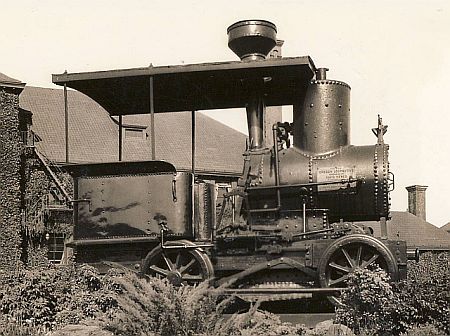 |
| Marshutz & Cantrell, 1879 | Steam (rod), 0-4-0T | D. O. Mills & Co. #2, “Old Curly” | Burnaby Village Museum, Burnaby, BC | 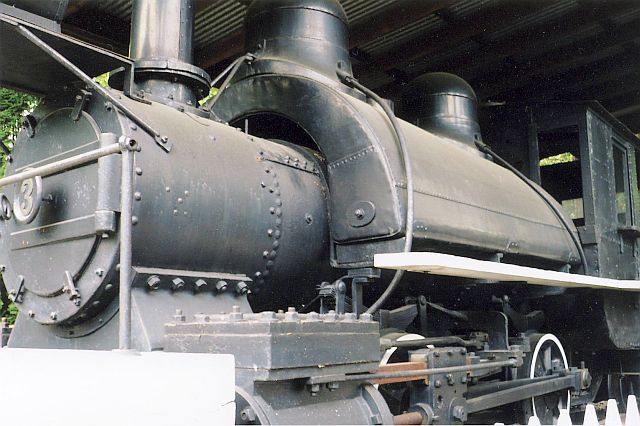 |
| Marshutz & Cantrell, 1884 | Steam (geared), 0-4-0T | Elk River Mill & Lumber Co. #1, Falk | Fort Humboldt State Historic Park, Eureka, CA | 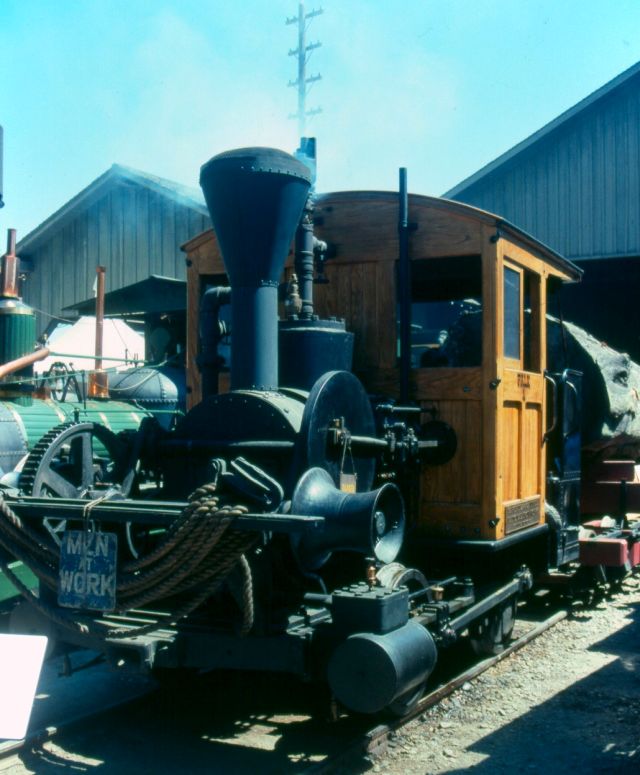 |
| Marshutz & Cantrell, 1892 | Steam (geared), 0-4-0T | Bear Harbor & Eel River Railroad (Bear Harbor Lumber Co.) #1 | Fort Humboldt State Historic Park, Eureka, CA | 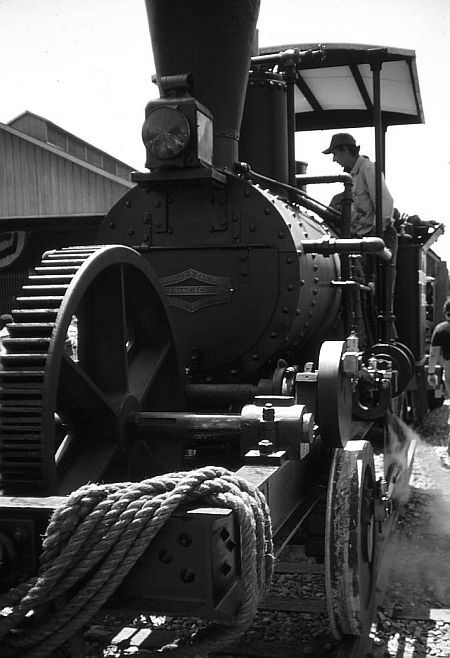 |
| W. L. Holman c/n ???, 1912 | Electric, B-B | Oakland & Antioch #102 | Western Railway Museum, Rio Vista Junction, CA | [See WRM’s website] |
